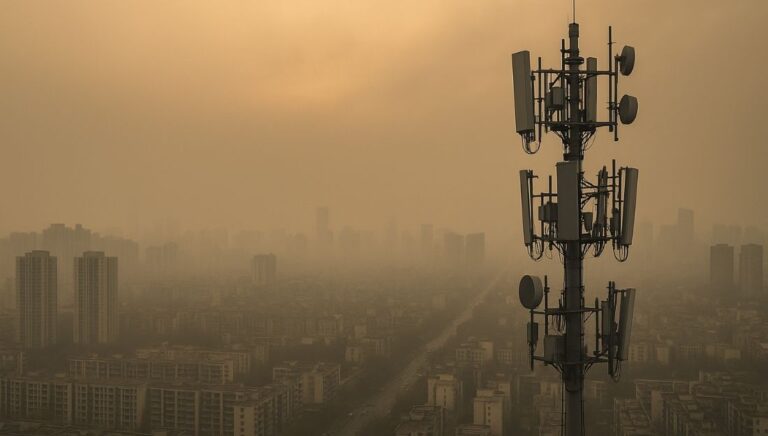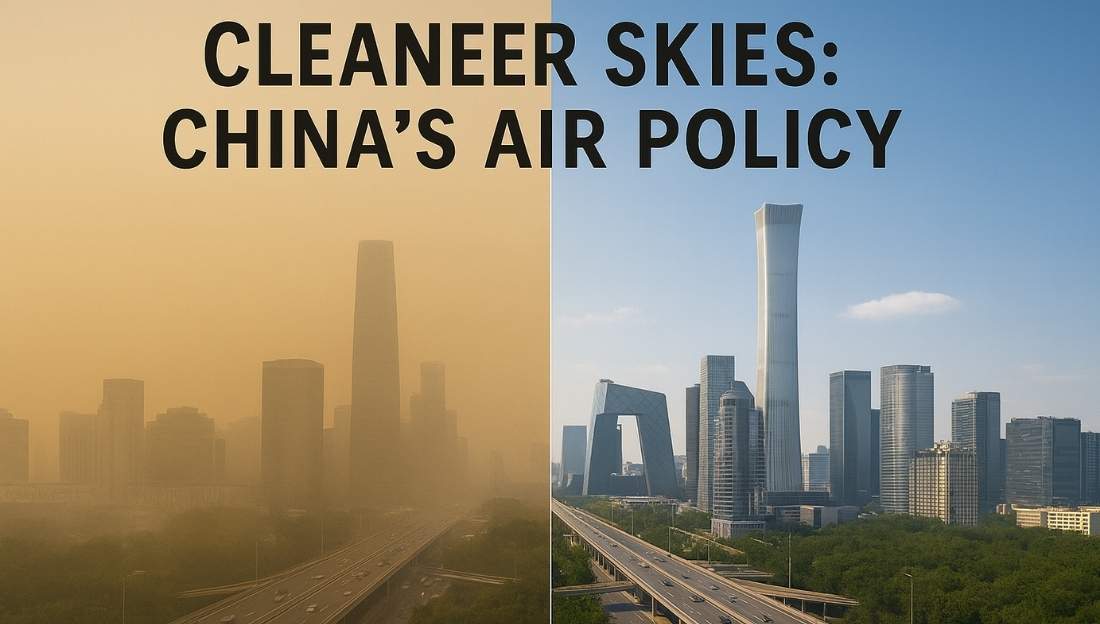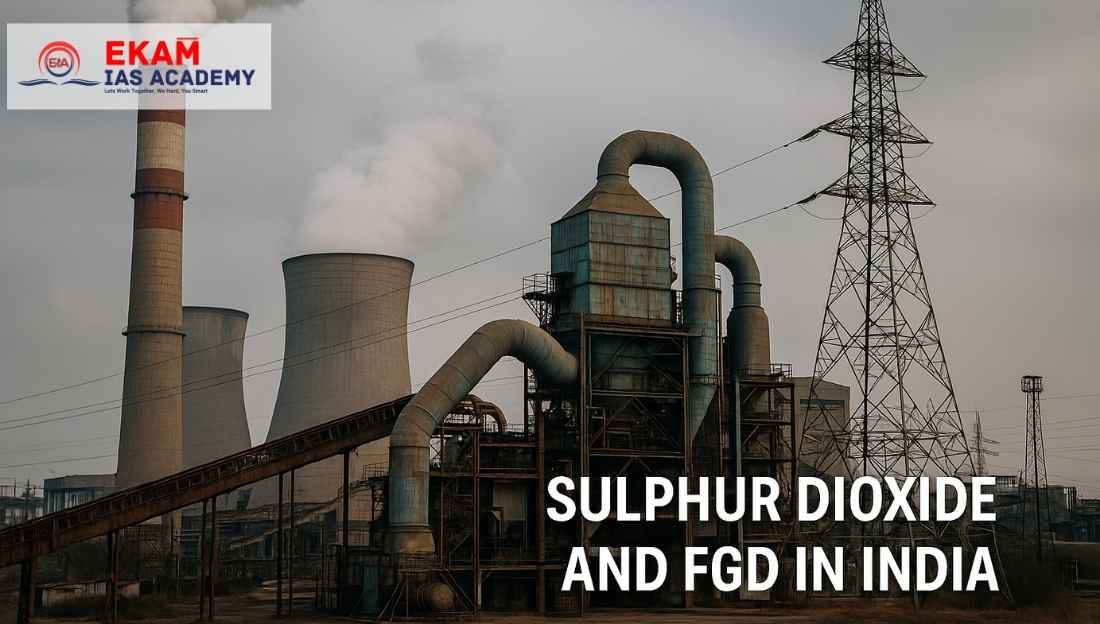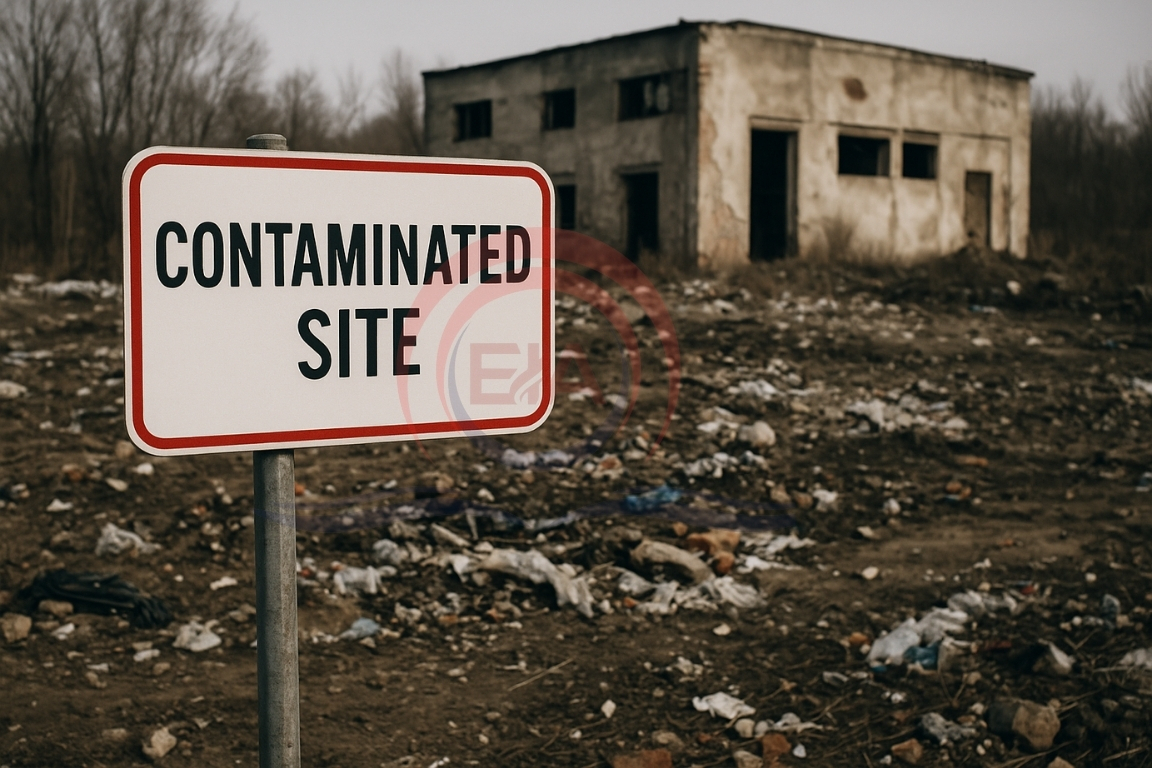India facing severe smog and struggling with enforcement, experts are exploring whether China’s strategies can be adapted to Indian conditions.
China’s Pollution Crisis
- China underwent rapid industrial growth after 1978, leading to high emissions, toxic air, and rising health hazards.
- Pollution reached alarming levels during the 2008 Beijing Olympics, forcing strong government intervention.
- Major contributors were heavy industries, coal-based power plants, diesel vehicles, and crop residue burning.
- Severe PM2.5 levels caused serious health problems, putting pressure on the government to act.

Policy Measures in China
- Strong Centralized Governance: Environmental goals were included in government officials’ performance evaluations under the 11th Five-Year Plan.
- Industrial Regulation: China shut down thousands of outdated factories and coal plants. scrubbers, filters were mandated in existing industries.
- Electric Mobility Revolution: China invested heavily in Electric Vehicles (EVs) and offered subsidies for EV manufacturing.
- Cleaner Energy Transition: Coal-based residential boilers were replaced with cleaner energy options like natural gas and electricity.
Limitations of the Chinese Model
- In some regions, industries falsified data or restarted operations secretly.
- China’s air quality standards are still less strict than global norms.
- New coal plant approvals threaten the long-term sustainability of improvements.
India vs China: Why Different Results?
- India has similar laws and air-quality programmes, but enforcement is weaker.
- India reacts only when pollution reaches emergency levels (GRAP in NCR), while China follows continuous, long-term policy enforcement.
- Fragmented governance and overlapping authorities in India reduce accountability.
Lessons India Can Learn
- Implement stricter emission standards for industries and vehicles to reduce harmful pollutants released into the air.
- Strengthen public transport systems and promote electric vehicles (EVs) to minimize dependence on private, fuel-based transport and cut urban pollution.
- Ensure wider availability of affordable clean household fuels so that people shift away from biomass burning and reduce indoor as well as outdoor air pollution.
- Improve scientific monitoring systems and research capacity to track air quality accurately and support evidence-based policymaking.
Conclusion
China’s experience shows that science-based policymaking, political will, and strict enforcement can bring lasting improvements in air quality.
This topic is available in detail on our main website.





